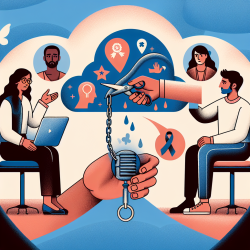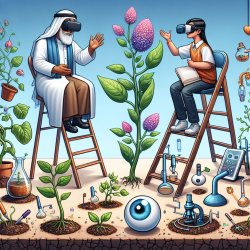Introduction
Suicide remains a critical public health issue, with stigma being a significant barrier to seeking help. The research article "A Look at Culture and Stigma of Suicide: Textual Analysis of Community Theatre Performances" sheds light on how cultural differences affect stigma and help-seeking behaviors among adolescents. This blog post aims to provide practitioners with insights into reducing stigma and improving mental health interventions.
Understanding Stigma and Its Impact
Stigma, as defined by Goffman, is a process where individuals with a stigmatized condition are discredited by society. This stigma, particularly surrounding mental illness and suicidality, acts as a barrier to help-seeking behavior. The research highlights how stigma manifests in different cultural contexts, with Caucasian experiences being more individually oriented and Native American experiences being more collectively oriented.
Key Findings from the Research
The research involved analyzing community theatre performances to explore how stigma affects help-seeking for suicidal thoughts. Key findings include:
- Emotional Vulnerability: Stigma prevents individuals from expressing emotional vulnerability, leading to social isolation and increased risk of suicide.
- Help-Seeking Barriers: Both public and self-stigma discourage individuals from seeking professional help.
- Cultural Differences: Native American participants expressed a communal responsibility towards mental health, while Caucasian participants viewed it as an individual issue.
Implementing Research Outcomes
Practitioners can enhance their skills by incorporating the following strategies based on the research outcomes:
- Promote Cultural Competency: Understand the cultural context of your clients to tailor interventions that respect their beliefs and values.
- Reduce Stigma: Use community-based programs like theatre to engage individuals in conversations about mental health and reduce stigma.
- Encourage Collective Responsibility: Foster a sense of community support, particularly in cultures with a collectivist orientation.
Encouraging Further Research
While this research provides valuable insights, further studies are needed to explore the nuances of stigma in different cultural contexts. Practitioners are encouraged to conduct their own research to develop more effective, culturally sensitive interventions.
To read the original research paper, please follow this link: A Look at Culture and Stigma of Suicide: Textual Analysis of Community Theatre Performances.










